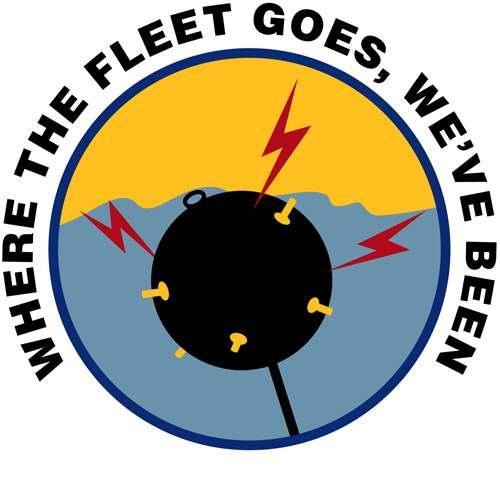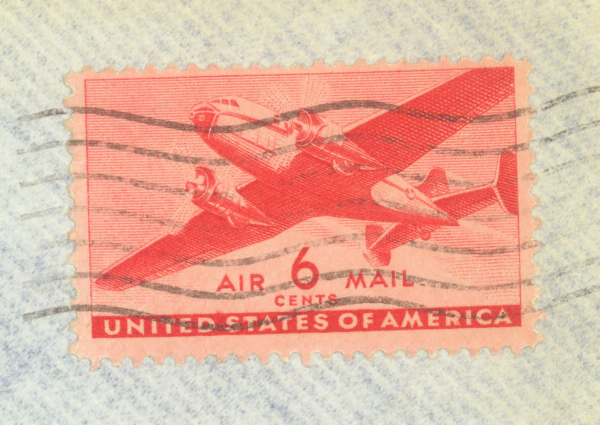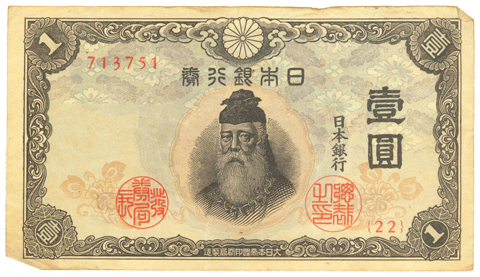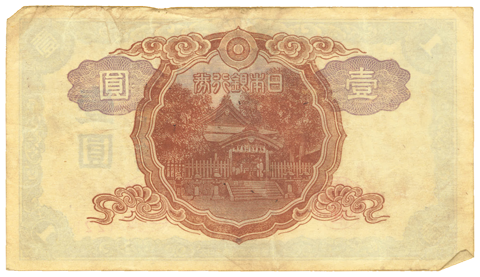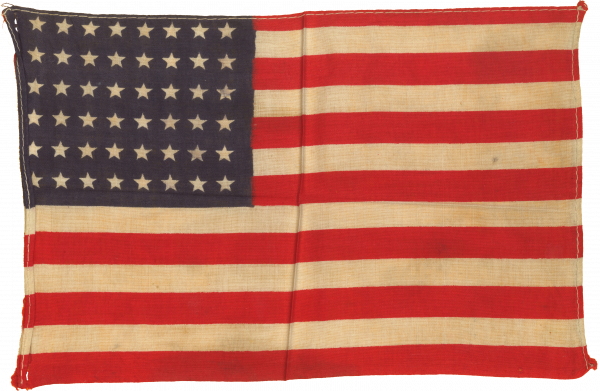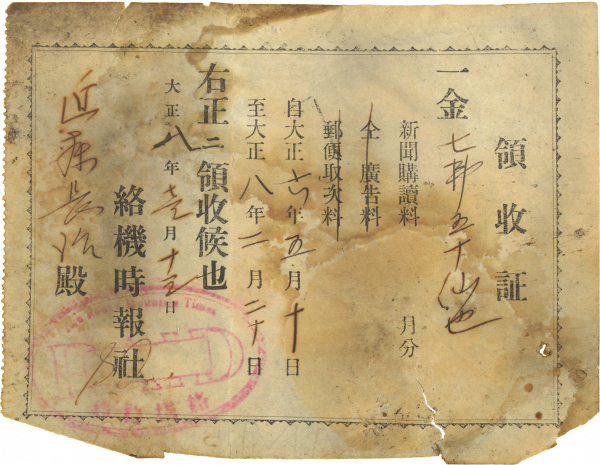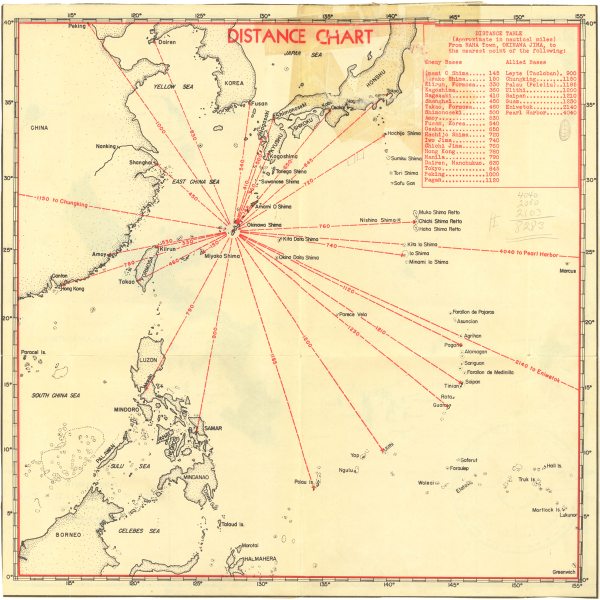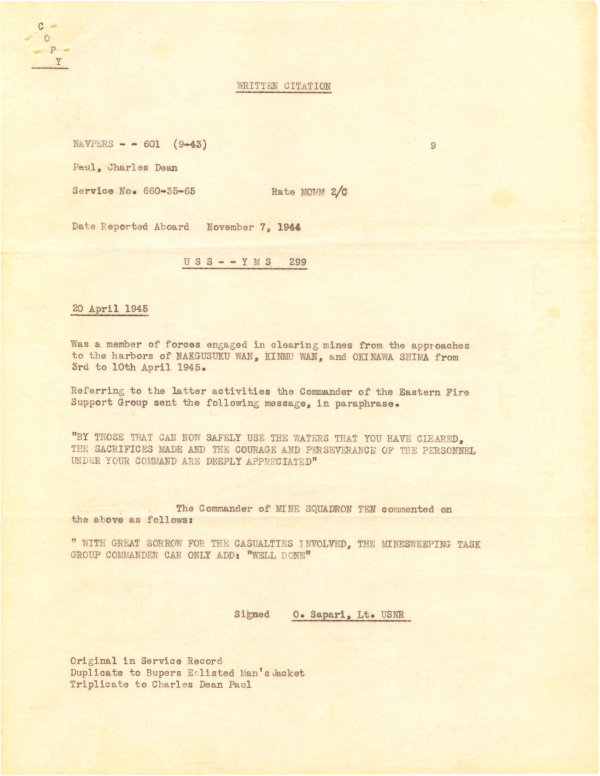The folks over at Art of Manliness just posted a list of military slang used during the war. It’s not a full dictionary, by any stretch, but there are a lot of gems in there. Read the full post.
Just a snippet:
- Ack-Ack. Anti-aircraft fire.
- Admiral of the Swiss Navy. A self-important person.
- Ammo. Ammunition.
- All-Out. With full vigor, determination, or enthusiasm.
- Armed to the Teeth. Well equipped with firearms; alert; fully prepared; awake to danger.
- Armored Cow. Canned milk. Variations: Armored Heifer; Canned Cow.
- Army Banjo. Shovel.
- Army Chicken. Franks and beans.
- Army Strawberries. Prunes.
- Asparagus Stick. A submarine’s periscope.
- Asthma. The company wit, so-called because he’s full of wheezes (jokes).
- AWOL. Absence without official leave.
- Awkward Squad. Men who require extra instruction at drill.
- Axle Grease. Butter.
- BAM. A “broad-assed Marine” (i.e., a female Marine).
- Baby. Mustard; from its resemblance to that which comes out of the hind end of an infant.
- B-ache/bellyache. To complain.
- Bags of Mystery. Sausages.
- Bail Out. Parachute jump from plane; by extension, to get out of a situation like a date.
- Baptized by Fire. To have been under enemy fire for the first time; to have received one’s first wounds.
